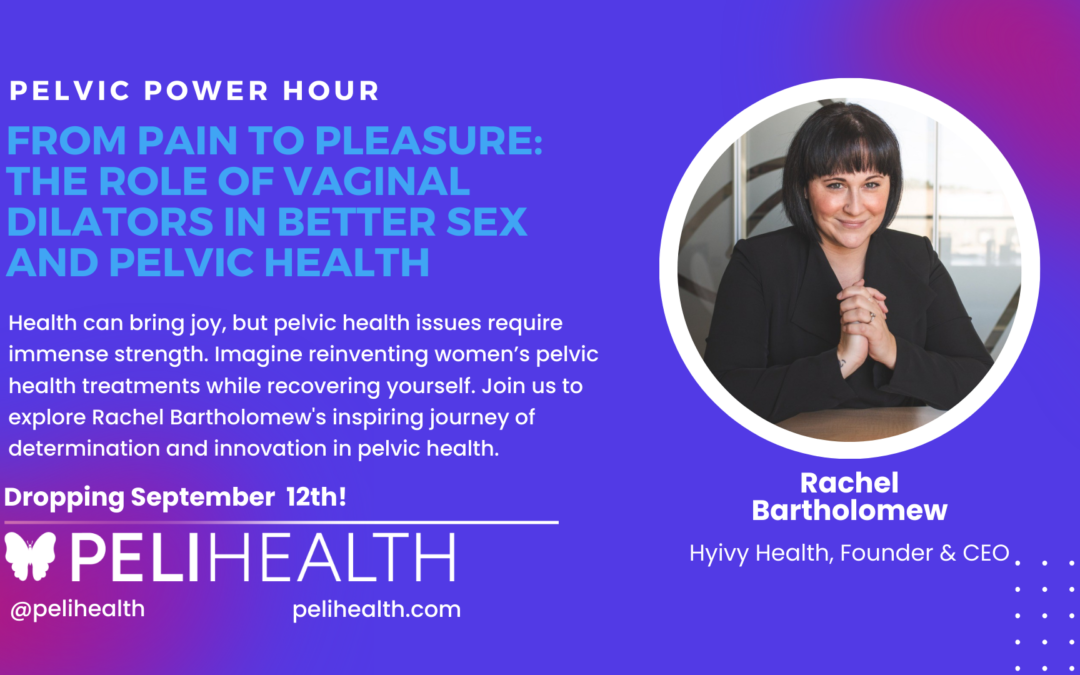The Short Story
- Non-surgical methods, such as Pilates and yoga, can help strengthen the pelvic floor muscles, which play a crucial role in bladder control.
- Pelvic floor physical therapy can be effective in improving bladder control through exercises and biofeedback.
- Incorporating mindfulness practices into a daily routine can also reduce symptoms of incontinence.
The Deep Dive
Bladder incontinence can be a real pain in the… well, you know. It’s embarrassing, inconvenient, and can make even the simplest daily task a real challenge. But before you start considering surgery, did you know there are several non-invasive methods that can help reduce or even eliminate symptoms of incontinence?
One of the best ways to strengthen your pelvic floor muscles, which play a crucial role in bladder control, is through exercise. And no, we’re not talking about heavy weightlifting or intense cardio. In fact, gentle exercises like Pilates and yoga can be highly effective in improving bladder control.
A study published in the International Urogynecology Journal found that a 12-week program of Pilates exercises led to a significant improvement in symptoms of stress urinary incontinence (SUI) in women. Another study published in the Journal of Physiotherapy found that a 12-week yoga program also led to significant improvements in SUI symptoms.
Pelvic floor physical therapy is another effective non-invasive option for improving bladder control. A pelvic physical therapist can teach you how to properly engage and strengthen your pelvic floor muscles through a combination of exercises and biofeedback.
Lastly, incorporating mindfulness practices into your daily routine can also help reduce symptoms of incontinence. According to a study published in the International Urogynecology Journal, a program of mindfulness-based stress reduction (MBSR) led to significant improvements in SUI symptoms in women.
It’s important to note that while these methods can be highly effective in reducing symptoms of incontinence, they may not work for everyone. It’s always best to consult with a healthcare professional before starting any new exercise or therapy program.
Incontinence doesn’t have to be a permanent part of your life. Give Pilates, yoga, pelvic floor physical therapy, and mindfulness practices a try, and see if they can help put a stop to those embarrassing leaks.
References:
- 5 Tips Coping with urinary incontinence, Healthline
- The effect of Pilates on pelvic floor muscle strength in women with urinary incontinence, Physio-Pedia
- 3 Best Yoga Poses for Urinary Incontinence, Urology Experts Physicians Group
- Mind Over Bladder: Can Mindfulness Meditation Help People With Incontinence?, Everyday Health
Disclaimer: Pelvic issues are serious conditions and should be treated accordingly. Peli health’s attempt at making the tone funny is to lighten the mood and help the reader feel more relaxed when reading about this subject. We are not medical doctors. We do not diagnose illness. The information on this site is provided for educational and informational purposes only and is not intended or implied to be a substitute for professional medical advice, diagnosis, or treatment. nor does it constitute providing medical advice or professional services. Always seek the advice of your doctor or other qualified health provider regarding a medical condition.


